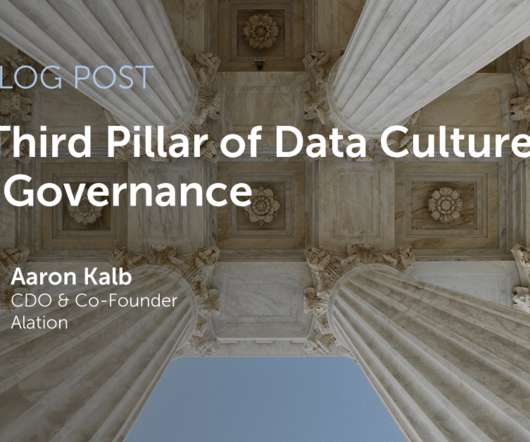5 signs your agile practices will lead to digital disaster
CIO Business Intelligence
SEPTEMBER 20, 2023
But speaking to many IT leaders, there are often gaps between how IT runs Scrum, Kanban, or other agile practices and what CIOs need in order to achieve digital transformation objectives. We discussed how many agile teams focus on rituals without truly understanding the manifesto’s objectives or the organization’s goals.














Let's personalize your content